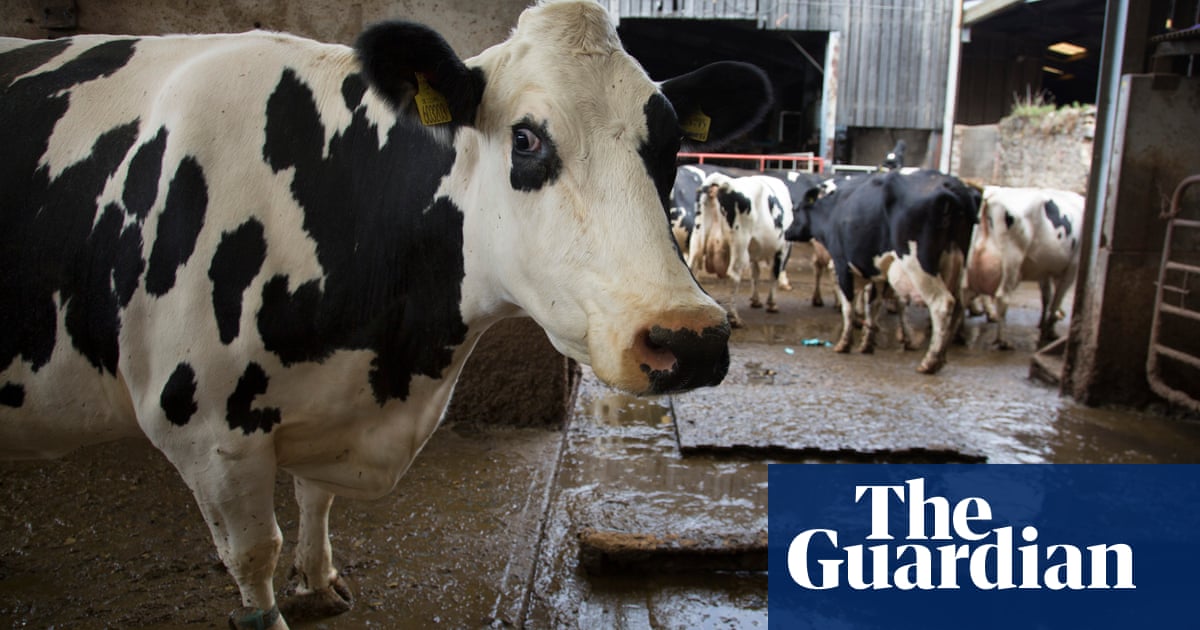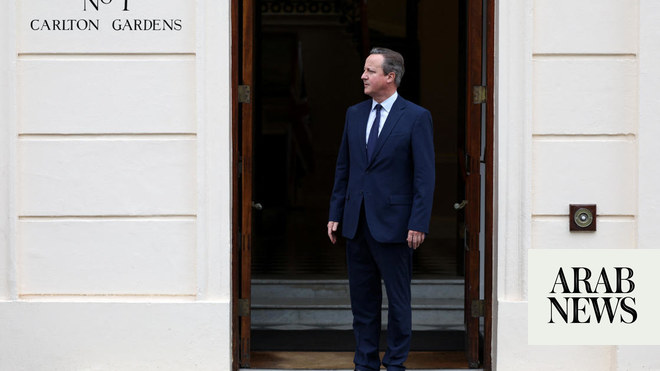
For a long time, construction was overlooked as an air pollution problem by both government and scientists. And then in July 1999 the signal from new equipment at London’s Marylebone Road field laboratory suddenly leapt to more than 10 times its normal value. My team went out to investigate. Larger polluting particles, called PM10, were the main problem and a nearby building refurbishment was the culprit.
Since then, scientists at Imperial College London have tracked pollution from a whole range of building works, including demolition, construction and street repairs. We also made a three-year study of a road-widening scheme in south-east London and found that residents suffered increased air pollution as the new road was built. This was followed by yet more traffic pollution when the road opened.
A new report and survey highlights the air pollution from construction, and the lack of policies and action to address it. The latest estimates show that construction is responsible for about 18% of the large particle pollution in the UK and this share is growing. In London it is more than 30%.
The London mayor has produced guidelines for large construction sites and has set minimum standards for the diesel-powered diggers, generators and machinery, but elsewhere action is patchy.
Kate Langford from the charity Impact on Urban Health said: “We also know that the solutions to improve air quality are out there. It’s time for national government and local authorities to work with the construction industry to implement significant and practical measures to reduce its impact on the air we breathe.”
The survey, by Impact on Urban Health and the Centre for Low Emission Construction, reveals that more than 90% of people working in the industry recognise the sector’s impact on air pollution. When asked for a way forward, people pointed to better information and clearer, stronger regulation. They felt that widespread adoption of new practices and use of less polluting equipment would only come about through regulation that produced a level playing field between contractors.
Tighter standards and regulation can be a spur for innovation. Examples include new types of generators to power temporary site buildings but the survey also revealed the impacts from a lack of future government policy. This means no incentive for the industry to adapt and for manufactures to implement new technologies.
Daniel Marsh from Imperial College London, who led the industry survey said: “The construction industry currently lacks any clear regulatory pathway to reduce machine emissions as there are no standards or dates for new engine limits or signalling from the UK government of future policy direction.”












